






 The Museum presents a unique Maxim machine gun. It is the first production model made in Russia. It was released at the Tula Arms Factory in May 1905.
The Museum presents a unique Maxim machine gun. It is the first production model made in Russia. It was released at the Tula Arms Factory in May 1905.
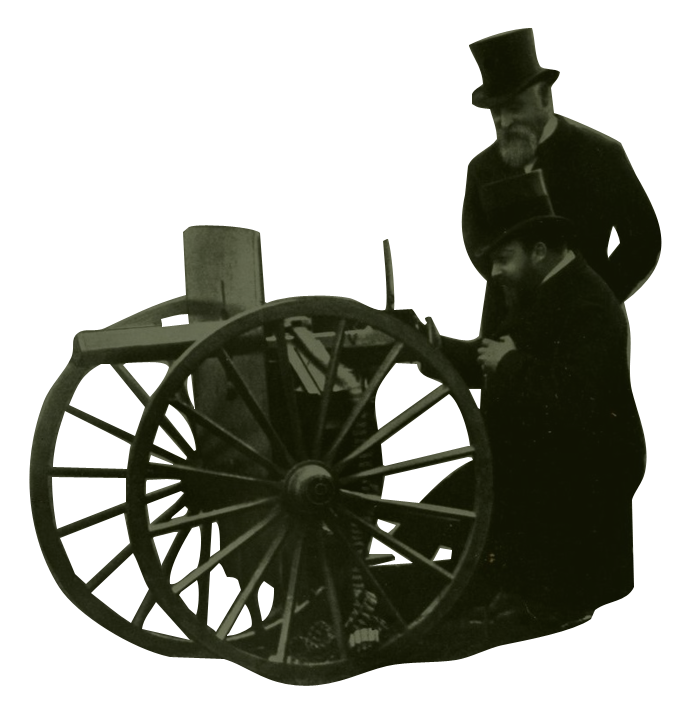



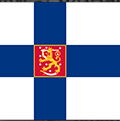


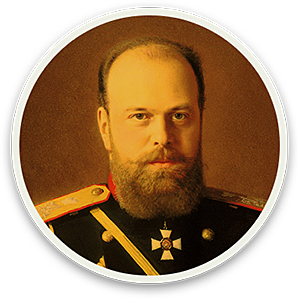
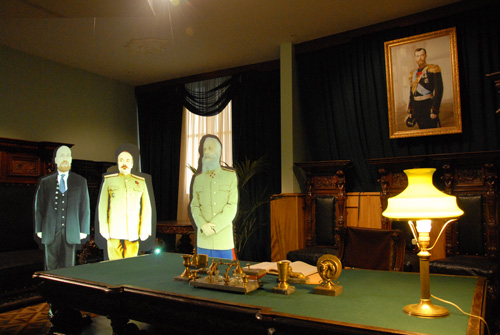
 The “Office of the commander of the Tula Arms Factory in the early 20th century” hosted by the multimedia complex is embodied with maximum reliability and historical accuracy. Here guests will find an unusual surprise: they become witnesses of an interesting conversation between the Commander of the Tula Arms Factory A.V. Kun, Head of the Instrumental Workshop Colonel P.P. Tretyakov and the representative of the British company Vickers, Sons & Maxim in Russia Jules Kamilovich Mueller. What are they talking about? Visit the Tula Museum of Weapons to lift the veil of this mystery!
The “Office of the commander of the Tula Arms Factory in the early 20th century” hosted by the multimedia complex is embodied with maximum reliability and historical accuracy. Here guests will find an unusual surprise: they become witnesses of an interesting conversation between the Commander of the Tula Arms Factory A.V. Kun, Head of the Instrumental Workshop Colonel P.P. Tretyakov and the representative of the British company Vickers, Sons & Maxim in Russia Jules Kamilovich Mueller. What are they talking about? Visit the Tula Museum of Weapons to lift the veil of this mystery!
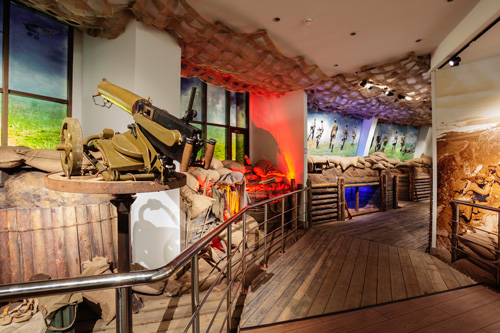
 Carefully restored diorama “Trench of the First World War” allows you to discover the heroic past of our country.
Carefully restored diorama “Trench of the First World War” allows you to discover the heroic past of our country.
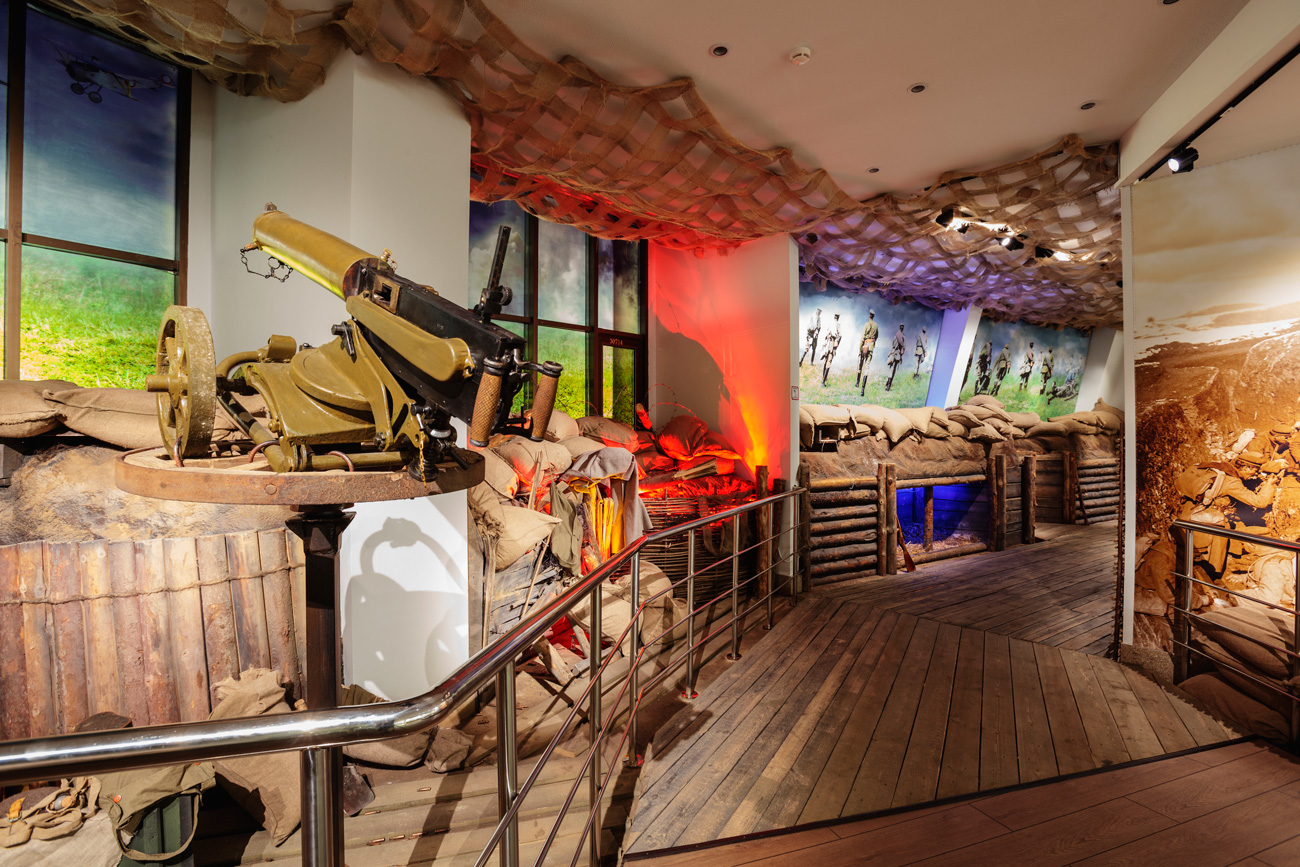
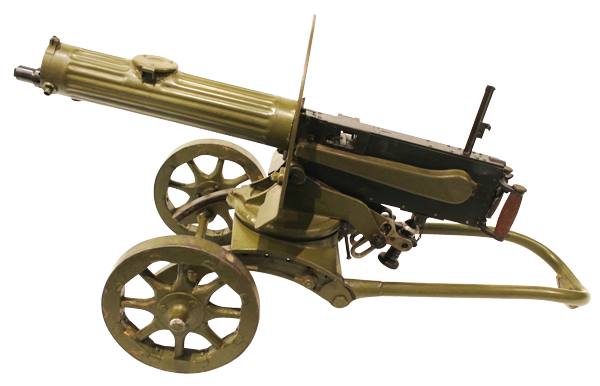

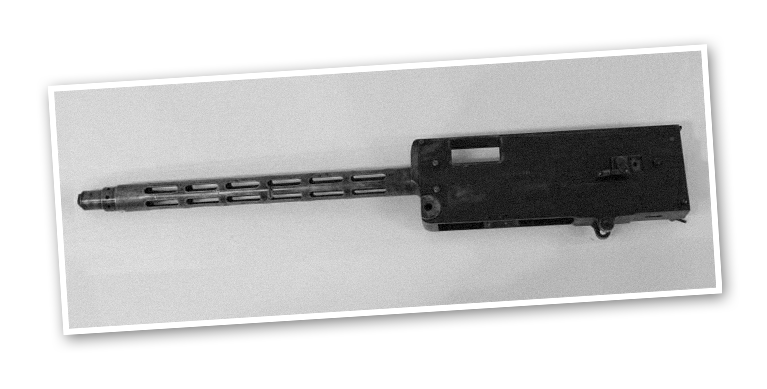

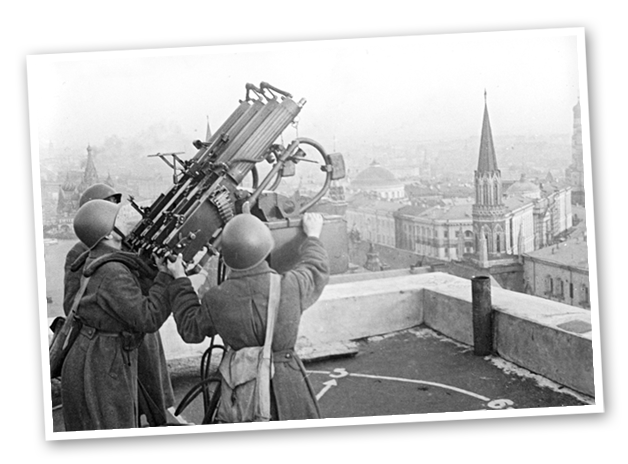
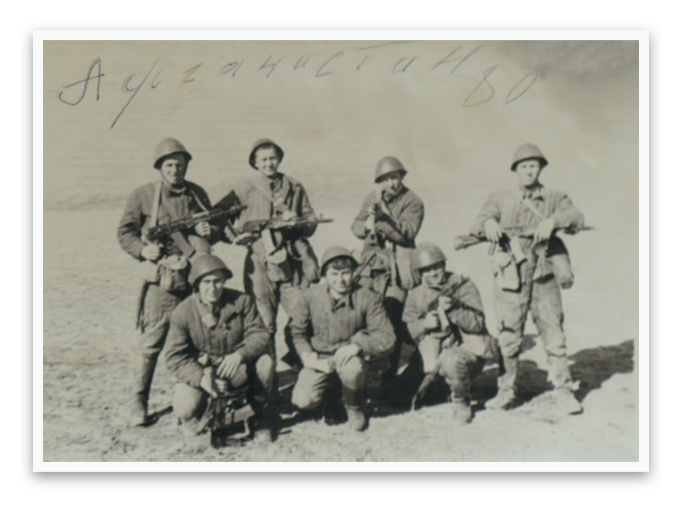
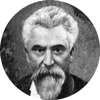
Hiram Maxim was born in the US city Sengervile and was fond of inventing since childhood.
24-year old Maxim relocated to Boston and took up a job at the machine works of his uncle, Levi Stephens Maxim was good in solving technical problems yet often losing interest in the devices recently created by him.
For example, Maxim came up with improvements for automatic gas generators that were manufactured at his uncle’s factory. As soon as the factory had been refurbished, Maxim demanded new changes, because he had come up with other ideas over that time. The uncle fired his nephew, having estimated that refurbishment expenses for the production lines would not be covered by income from sale.
After some time, Maxim started his own company engaged in municipal gas lighting.
Maxim’s craving for inventions did not disappear anywhere: having achieved results in the field of gas lighting, and subsequently in electrification, Maxim proceeded to weapons. Europe, where he settled at that time, was interested in effective weapons. Hiram Maxim with all his passion indulged into a new hobby, creating one of the most famous weapons — Maxim machine gun.
Vickers device slightly differed from the Russian Maxim:
| Caliber: | 7.71 mm |
| Muzzle velocity: | 745 m/s |
| Weight in firing position with a shield: | около 45 kg |
| Machine gun body length: | 1100 mm |
| Firing rate: | 500–600 shots/min |
| Belt capacity: | 250 cartridges |
| Weight of belt with cartridges: | 6.4 kg |
| Effective range: | 1000 m |
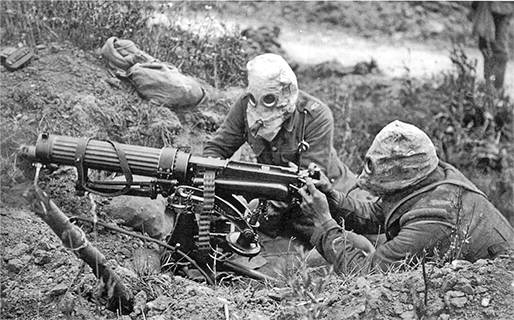
| Caliber | 7.65 × 57 mm |
| Muzzle velocity | 785 m/s |
| Weight in firing position with a shield | 62 kg |
| Machine gun body length | 1175 mm |
| Belt capacity | 250 cartridges |
| Firing rate | 450–500 shots/min |
| Practical firing rate | 250–300 shots/min |
| Effective range: 2000 m |
Deutsche Waffen und Munishenfabriken German Arms Factory aside from the production of MG08 machine guns for the German army also released MG09 Maxim machine gun commercial models. The machine gun of various calibers was exported to Bulgaria, China, Romania and the Ottoman Empire.
MG09 differed by less weight and mounted on a tripod machine to allow for shooting from a sitting or lying position.
By the beginning of the First Balkan War Turkish army was armed with 232 Maxim machine guns, the major of which were MG09 models of caliber 7.65 mm.
The Ottoman Empire used the Maxim machine gun during the First Balkan War and during the First World War.

The Aimo Lahti machine gun was used in Finland. It could fire 800 shots/min, while the Russian machine gun model 1910 fired 600 shots/min.
| Caliber: | 7.62 mm |
| Cartridge: | 7.62 × 53 mm R, Finnish |
| Firing rate: | 650–850 shots/min |
| Effective range: | 2000 m |

The Tula Arms Factory was the only enterprise in Russia with well-tuned mass production of Maxim family machine guns.
Until 1910 the Maxim machine gun produced in Tula was almost an exact replica of the British prototype.
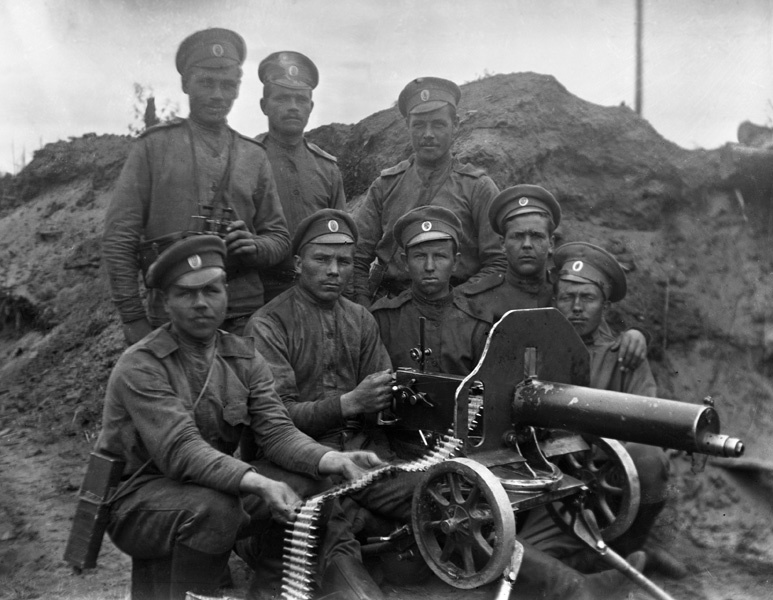
The Tula Arms Factory’s specialists introduced over 200 changes. The machine gun receiver was refurbished to fit the 7.62–mm cartridge of the Mosin rifle circulating in Russia. The machine gun body weight was significantly reduced also due to replacing the English mast by a lightweight A.A. Sokolov wheeled machine. Some bronze parts were replaced by steel.
The updated machine gun was adopted by the Russian army under the name “7.62–mm Maxim machine gun model 1910”
| Caliber | 7.62 mm |
| Muzzle velocity | 740 m/s |
| Weight in firing position with a shield | 64.3 kg |
| Machine gun body length | 1067 mm |
| Firing rate | 520–600 shots/min |
| Belt capacity | 250 cartridges |
| Effective range | 2000 m |
In 1930, the machine gun was again refitted.
The refitted model was assigned the name “7.62 Maxim family wheeled machine gun model 1910/30”.
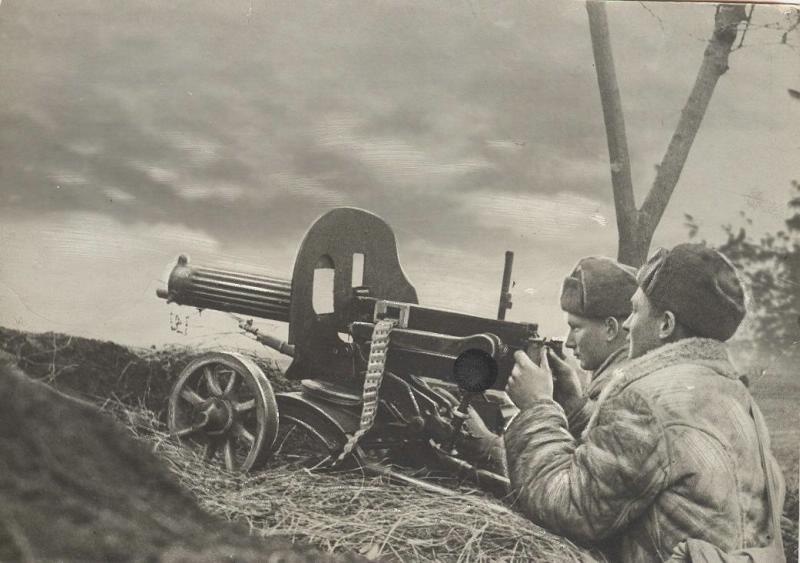
German MG08 was actively used in the First World War. It could be installed both on the sledge and the tripod support mechanisms.
| Caliber: | 7.92 × 57 mm |
| Muzzle velocity: | 785.0 m/s |
| Weight in firing position with a shield: | 64.0 kg |
| Machine gun body length: | 1187.0 mm |
| Belt capacity: | 250 cartridges |
| Firing rate: | 500–550 shots/min |
| Practical firing rate: | 250–300 shots/min |
| Effective range: | 2000 m |
